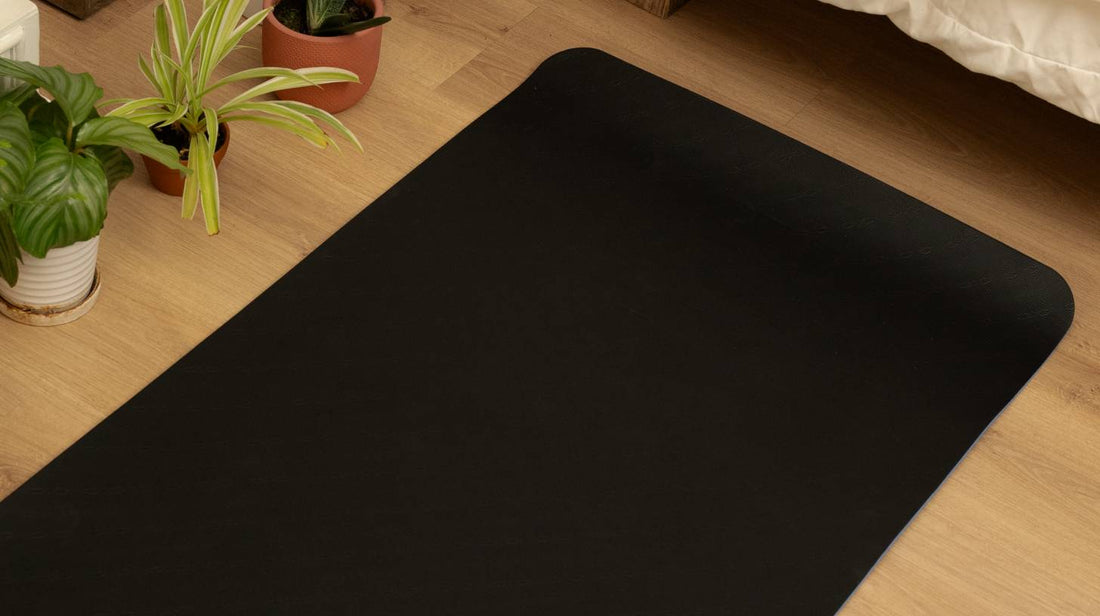Grounding mats, also referred to as earthing mats, are designed to connect you to the Earth's natural energy. These mats mimic the electrical grounding that occurs when one walks barefoot on the ground, a practice believed to provide numerous health benefits such as improved sleep and reduced stress.
By providing a direct connection to the Earth, grounding mats aim to neutralise the bioelectrical stress from static electricity and electromagnetic fields (EMFs) that one accumulates during the day.
The question of whether you should sleep directly on a grounding mat is a subject of interest for many looking to improve their well-being.
Typically, a grounding mat can be placed on your bed, allowing you to sleep directly on it. This may help establish a connection with the Earth's electrons, which proponents suggest can improve sleep quality, normalise circadian rhythms, and provide other health benefits.
However, it is crucial to consider personal comfort and consult healthcare professionals when integrating grounding practices into your sleep routine.
Key Takeaways
- Grounding mats are designed to simulate the benefits of walking barefoot by connecting you to the Earth's energy.
- Sleeping directly on a grounding mat may offer health benefits, such as better sleep and reduced stress.
- It is essential to consider personal comfort and seek medical advice when using grounding mats as part of your health regimen.
Should You Sleep Directly on a Grounding Mat?
When considering whether to sleep directly on a grounding mat, it's important to understand the goal of grounding therapy. The goal is to create direct contact between your body and the Earth's electrons. Scientific research suggests that such contact may neutralise excessive electrical charge in the body.
Grounding mats, made from conductive materials like carbon or silver fibres, are designed to mimic the effects of walking barefoot outdoors—something that many people find beneficial for their well-being and comfort.
Here's what to consider regarding direct skin contact:
- Direct Skin Contact: For optimal electron transfer, direct skin contact is generally recommended. This can mean lying barefoot or with minimal clothing on the mat.
- Bedding Material: If you prefer not to sleep directly on the mat, using a conductive fitted sheet, often known as an earthing sheet, may be an alternative. It typically has silver threads interwoven to maintain conductivity.
How to Use a Grounding Mat:
- Place the mat on your bed.
- Connect the grounding cord to a grounded outlet.
- Position the mat so that any part of your bare skin, such as your feet or hands, can rest easily on it throughout the night.
Remember, comfort is key to a good night's sleep.
If you decide to use a grounding mat, consider it as one component of a holistic approach to health, alongside other lifestyle choices like wearing leather-soled shoes rather than rubber-soled shoes when outdoors or walking barefoot on grass and dirt.

